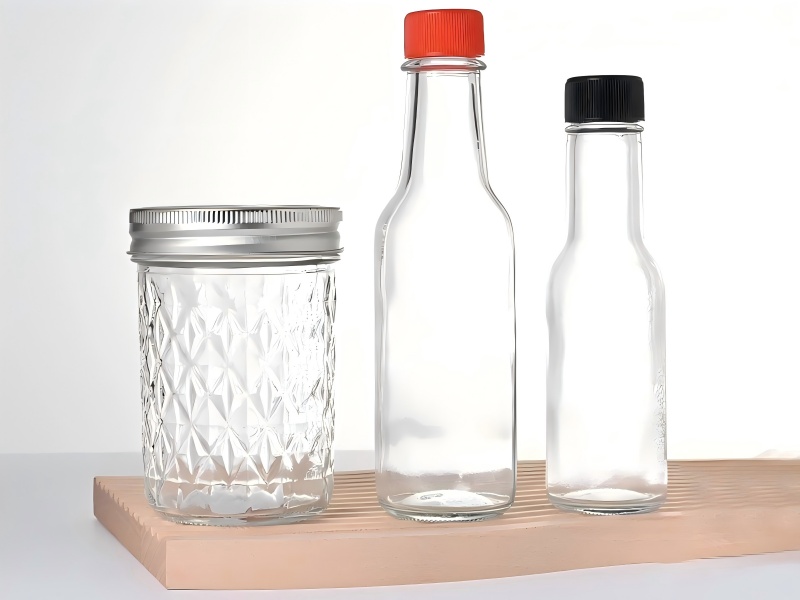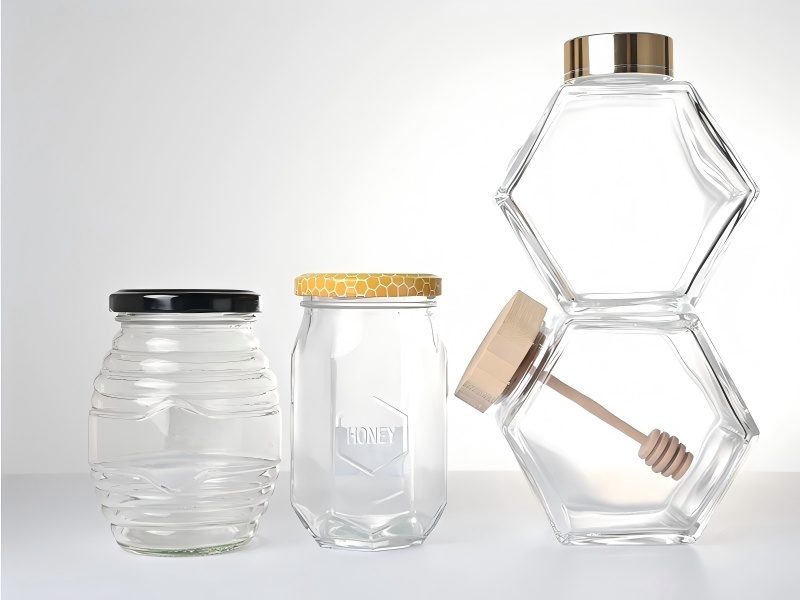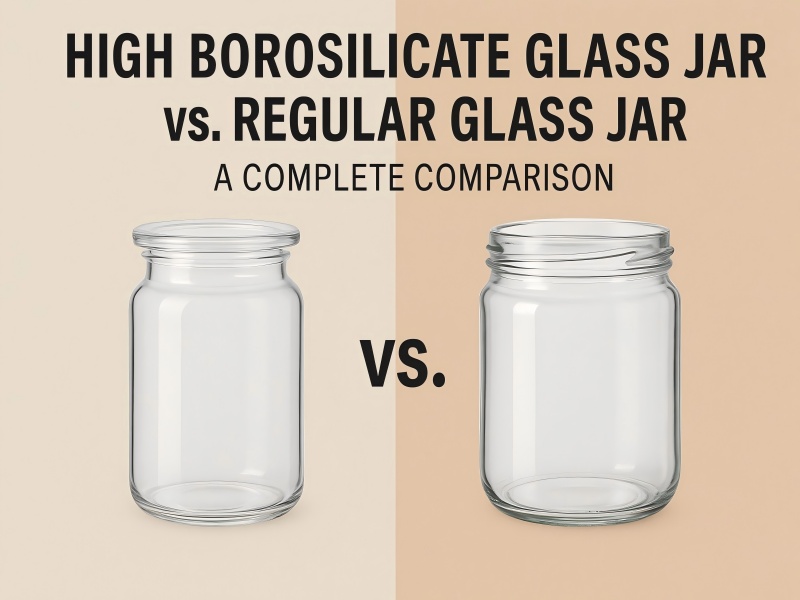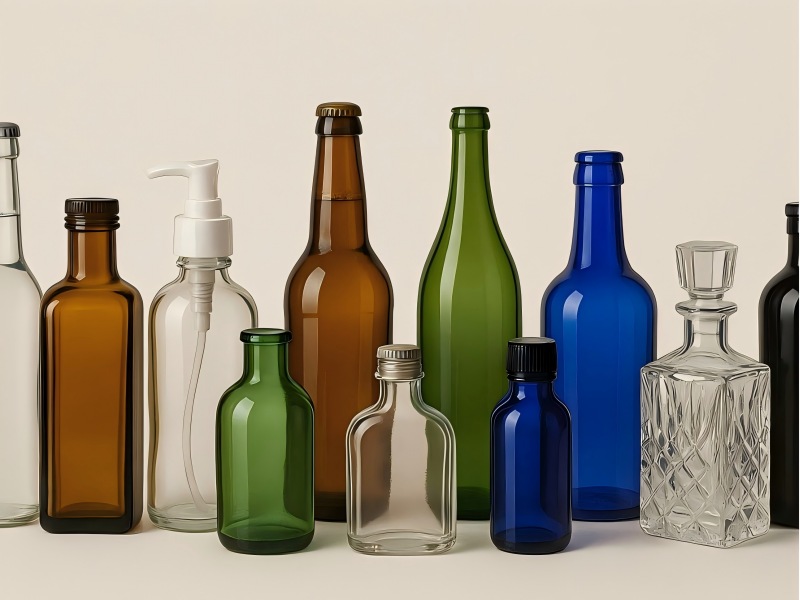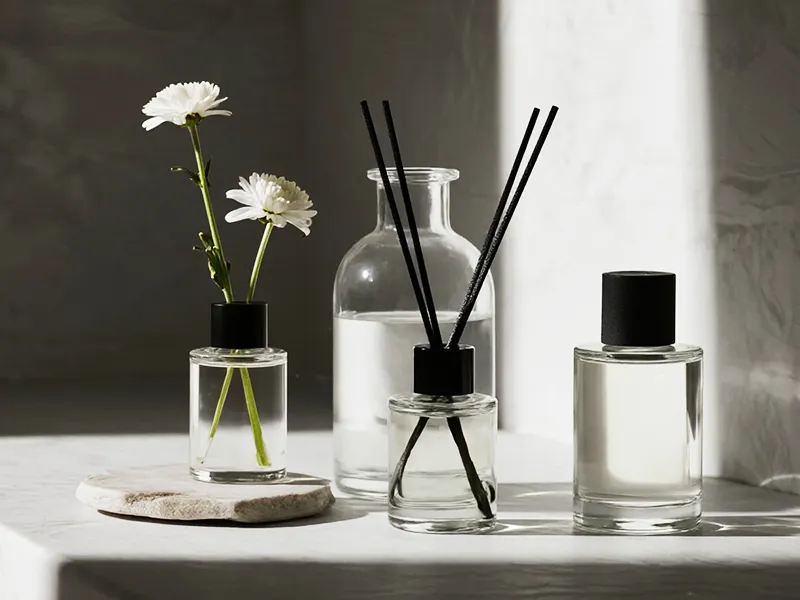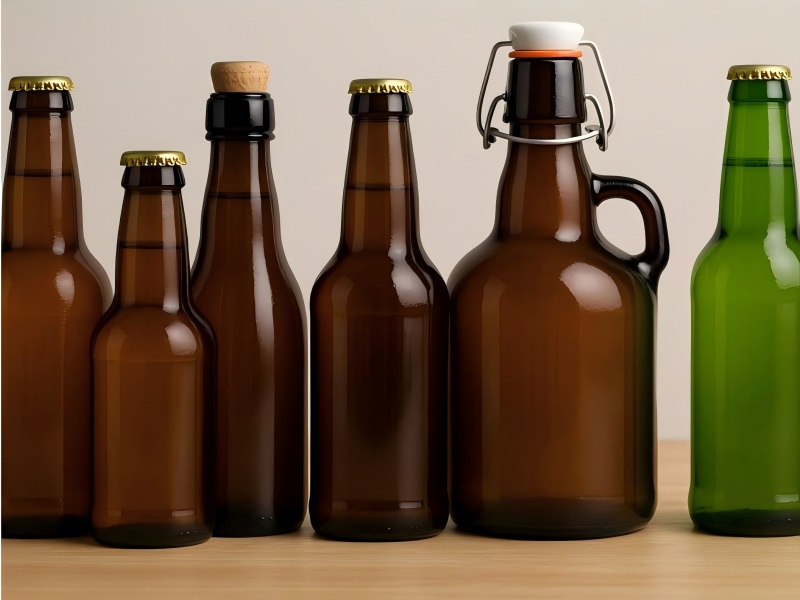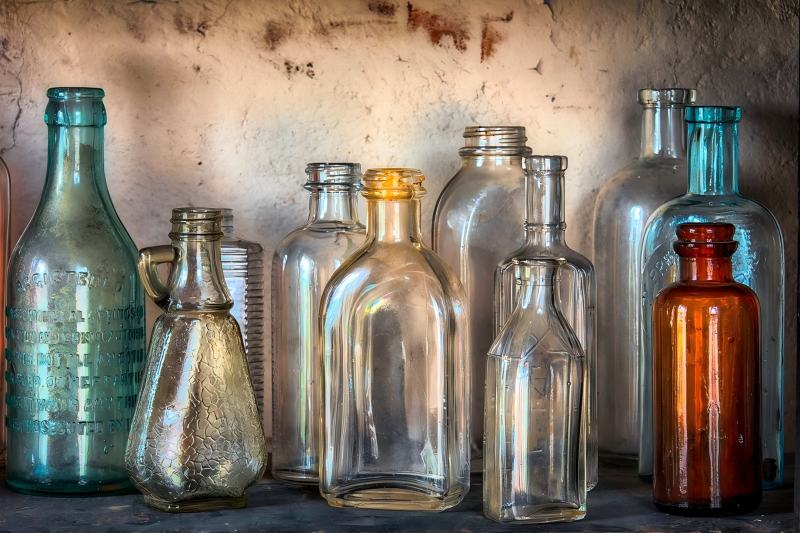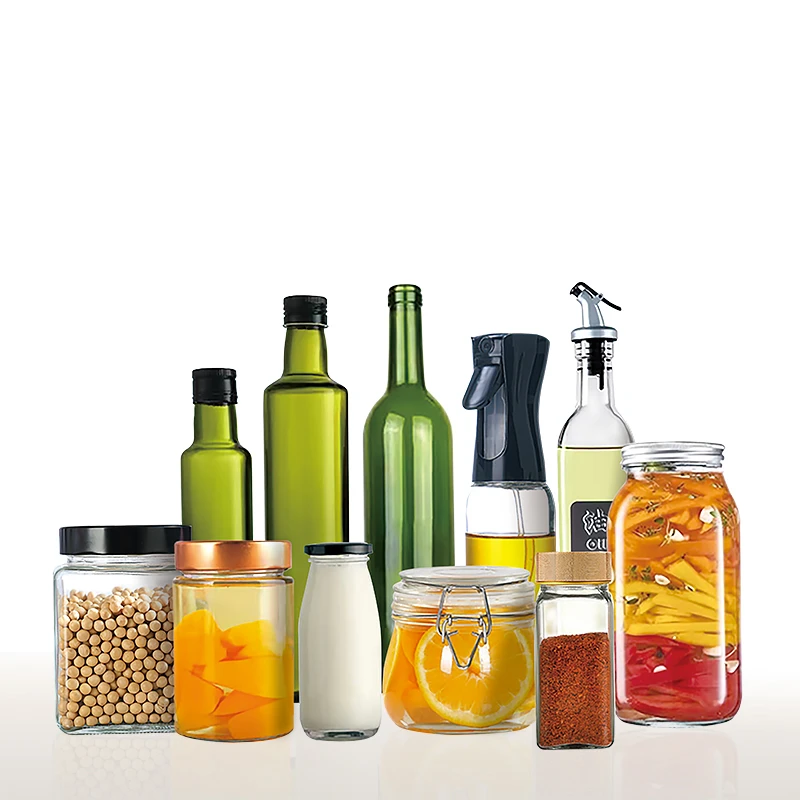How to Choose the Right Bottles for Olive Oil: A Complete Manufacturer’s Guide
Olive oil is not just a kitchen staple; it’s a valuable product that demands proper packaging to preserve its flavor, freshness, and nutritional benefits. As a manufacturer, selecting the right bottle for olive oil isn’t merely a design decision—it’s a critical step in ensuring shelf stability, brand appeal, and compliance with regulatory standards.
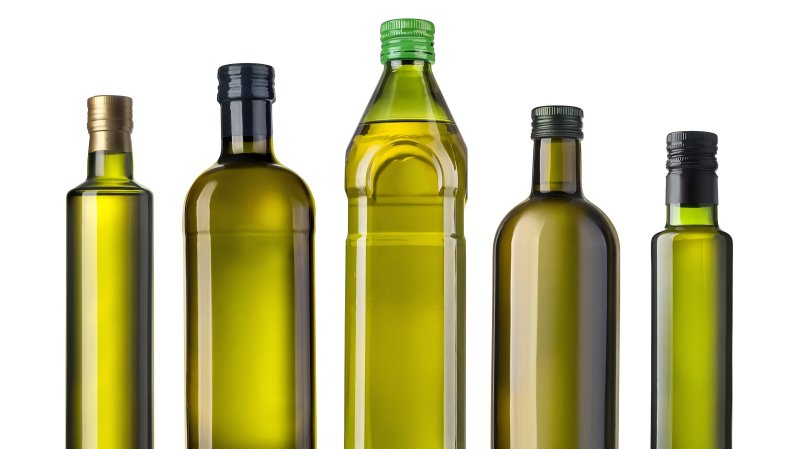
Why Bottle Selection Matters for Olive Oil
Olive oil is sensitive to:
- Light: Causes oxidation and rancidity.
- Heat: Degrades quality over time.
- Oxygen: Triggers spoilage and loss of antioxidants.
The right bottle protects against these threats while offering:
- A secure seal
- A visually appealing presentation
- Ease of use for consumers
- Compliance with global food-grade standards
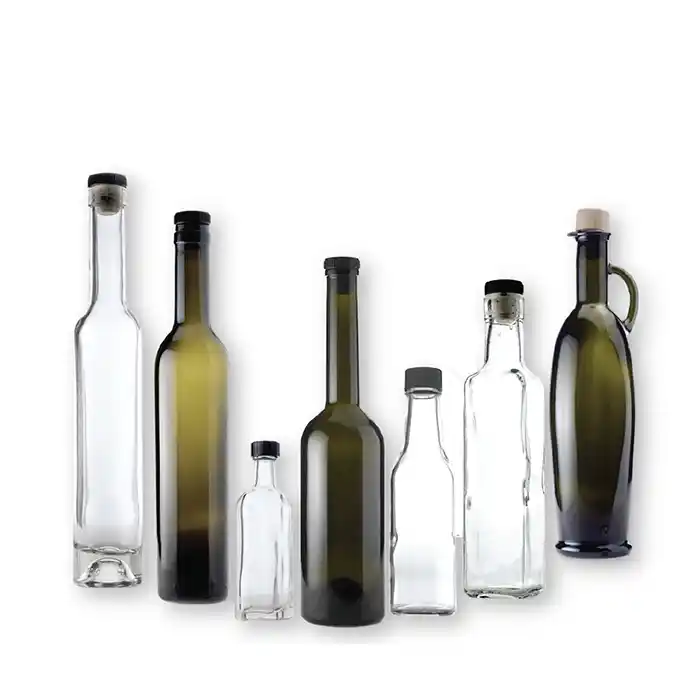
Popular Bottle Materials for Olive Oil
| Material | Key Features | Pros | Cons |
| Glass | Non-reactive, preserves flavor | Recyclable, premium look | Heavier and breakable |
| PET Plastic | Lightweight, impact-resistant | Cost-effective, shatterproof | Allows light & oxygen penetration |
| Aluminum | Opaque and fully lightproof | Great barrier, recyclable | More expensive |
| Tinplate Can | Durable, opaque, traditional in some markets | Easy to stack, long shelf life | Not transparent (limits display) |
Dark glass bottles remain the gold standard for premium olive oil due to their superior oxygen and UV barrier.
The Role of UV Protection
Light exposure significantly affects olive oil quality. Studies show that olive oil exposed to light loses up to 30% of its polyphenols in 2 months under retail conditions.
Types of UV-Protected Bottles:
| Bottle Color | UV Protection (%) | Common Use |
| Dark Green | 70–85% | Premium and extra virgin oils |
| Amber/Brown | 90–98% | Long shelf-life oils |
| Black Coated | 100% | High-end exports |
| Clear | 0% | Often requires secondary packaging |
Always pair clear bottles with outer cartons or shrink sleeves if you must use them for visual appeal.
Choosing the Right Bottle Shapes
Olive oil bottles come in several signature shapes that affect both branding and functionality.
| Bottle Shape | Description | Market Image |
| Marasca | Square base, tall, compact | Traditional, elegant |
| Dorica | Cylindrical, slender | Mediterranean luxury |
| Antica | Curvy and wide-bodied | Rustic or artisanal |
| Bordeaux | Similar to wine bottles | Premium gifting segment |
| Boston Round | Compact with wide body | Culinary/restaurant use |
Marasca bottles are widely used in Europe due to ease of storage and stacking.
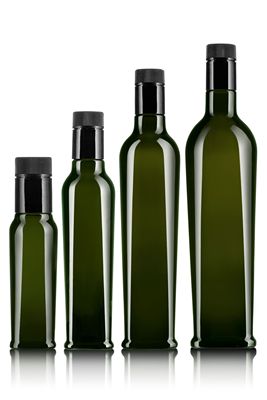
Size Selection: Based on Usage & Market
Choosing the right capacity depends on your target customers—retail, restaurant, or industrial.
| Bottle Size | Milliliters (ml) | Common Use Cases |
| Miniature | 50–100 | Samples, gift packs |
| Small | 250 | Individual daily use |
| Medium | 500 | Home kitchen standard |
| Large | 750–1000 | Gourmet and family kitchens |
| Bulk | 3L–5L | Restaurants, bulk purchasers |
According to 2023 retail trends, 500ml and 750ml bottles accounted for over 60% of olive oil sales in North America.
Closures and Dispensers
Closure compatibility is vital for preventing leaks, preserving aroma, and controlling dispensing.
| Closure Type | Description | Application |
| Screw Cap | Most common; secure, affordable | All-purpose retail bottles |
| Pour Spout | Allows drip-free controlled dispensing | Premium bottles |
| Flip-Top Cap | User-friendly, for casual use | Culinary or home use |
| Cork or T-Cork | Natural, often decorative | Artisan or gift packaging |
| Non-refillable Caps | Tamper-evident, anti-fraud | Certified extra virgin oils |
Non-refillable caps are essential for exports to countries with authenticity concerns.
Labeling Surface and Branding Potential
Labels should:
- Include nutritional and origin information
- Be oil- and moisture-resistant
- Comply with local food regulations
- Visually reflect brand identity
| Bottle Finish | Label Application |
| Smooth surface | Best for paper or plastic labels |
| Embossed glass | Premium look, but limits label size |
| Frosted finish | Elegant, reduces label readability |
Use screen-printing for luxury branding, especially on Dorica bottles.
Global Market Preferences
Different regions favor different designs, based on traditions, regulations, and buyer behavior.
| Region | Preferred Bottle Features |
| Europe | Dark glass, Marasca shape, tamper-proof spouts |
| North America | 500ml–750ml size, Dorica bottles, gift-ready packaging |
| Middle East | 1L and 3L bottles, tin cans, bold labeling |
| Asia-Pacific | Small 250ml decorative bottles, swing-top or cork closures |
2024 Trend Forecast: Eco-friendly packaging and unique bottle shapes (e.g., rectangular Dorica hybrids) are rising in Asia and Europe.
Regulatory and Food Safety Considerations
When choosing olive oil bottles, ensure compliance with:
- FDA (USA) and EFSA (Europe) standards for food contact materials
- ISO 22000 or HACCP certifications for production environments
- Childproof/tamper-evident requirements for specialty oils
- Traceability through QR codes or serialization
Reminder: PET bottles must be certified BPA-free and food-safe for all olive oil packaging.
Sustainability and Reusability
Modern consumers favor eco-friendly and recyclable packaging. According to a 2024 Mintel Report:
- 68% of consumers prefer recyclable or reusable olive oil bottles
- 42% of consumers will pay extra for sustainable packaging.
- 56% consider glass safer than plastic for oil storage
Sustainable Solutions:
- Use post-consumer recycled (PCR) glass
- Offer bottle-return incentives
- Print on biodegradable or compostable labels
- Avoid mixed materials (e.g., metal cap + plastic pour spout without recycling clarity)
Shipping and Logistics Considerations
Efficient shipping reduces cost and breakage risk. For B2B and export sales:
- Opt for Marasca bottles for tight pallet packing
- Use partitioned cartons or foam dividers for glass
- For export: comply with ISPM-15 pallet regulations and choose bottles rated for pressure variation
Bulk Packing Table Example: 500ml Dorica Glass Bottle
| Packaging Type | Bottles per Carton | Cartons per Pallet | Bottles per Pallet |
| Standard Carton | 12 | 100 | 1,200 |
| Compact Carton | 20 | 80 | 1,600 |
Cost vs. Performance Trade-Off
Choosing the right bottle also depends on your budget and target price point. Here’s a general cost comparison:
| Bottle Type | Cost Range (USD/unit) | Packaging Tier |
| Clear PET | $0.12 – $0.25 | Budget |
| Green Glass (250ml) | $0.30 – $0.45 | Mid-range |
| Amber Dorica Glass | $0.40 – $0.60 | Premium |
| Coated Black Glass | $0.60 – $1.00+ | Luxury/export |
Note: Adding embossing, printed closures, or tamper rings can increase cost by 15–25%.
Choosing the right bottles for olive oil is a balance of science, design, and market insight. As a manufacturer, consider not only the material and shape but also protection, regulation, branding, and logistics. Whether targeting gourmet retail shelves or restaurant kitchens, the right bottle can elevate your product’s quality and sales performance.
If you are looking for custom olive oil bottle manufacturing, decorative labeling, or eco-conscious packaging solutions, feel free to reach out to us for tailored options that match your product vision and market demand.

